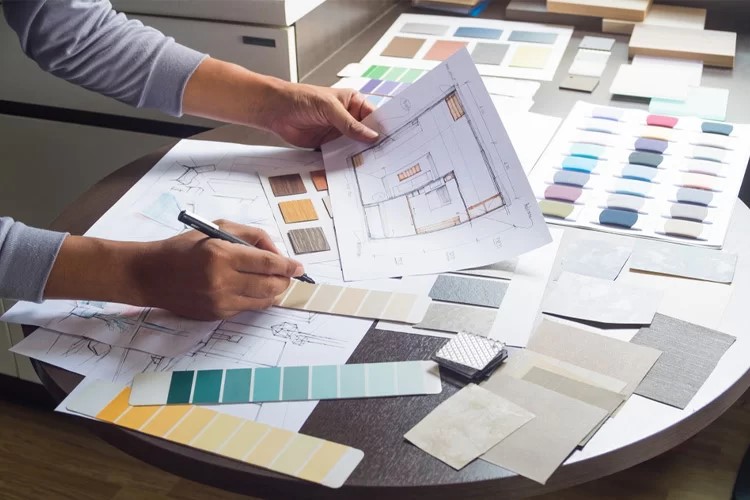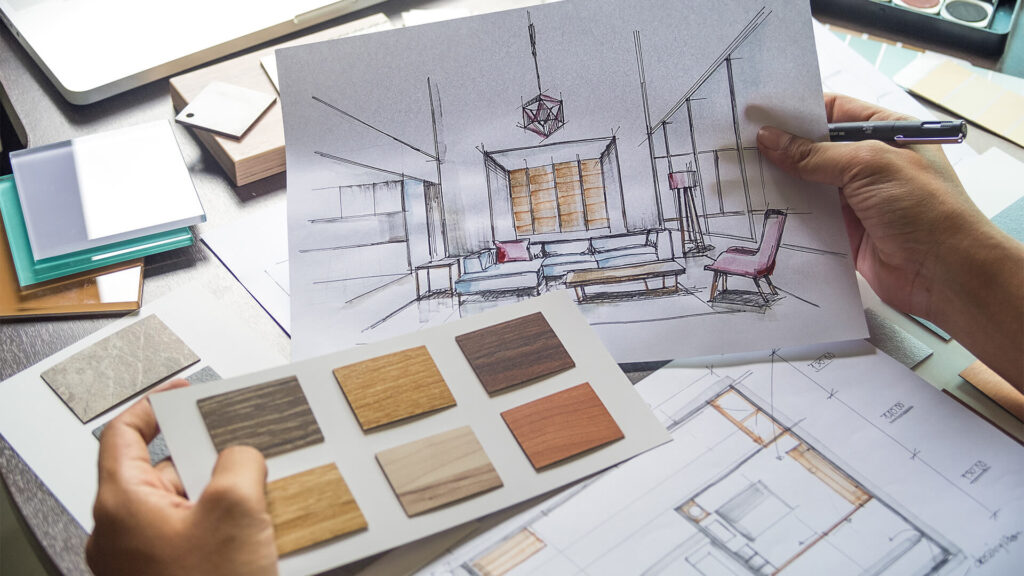In today’s competitive marketplace, a brand’s experience is crucial to its success. Interior design plays a significant role in shaping that experience, directly influencing how customers perceive a brand.
Practical interior design services can transform physical space into an engaging environment that reflects a brand’s identity and values.
From the colour palette and furniture selection to lighting and layout, every design element contributes to the overall ambiance and message conveyed to customers.
By investing in professional interior design services, brands can create spaces that attract customers, foster loyalty, and enhance the overall brand experience.

Creating a Memorable First Impression with Interior Design
The first impression is often the most lasting, and interior design is a powerful tool for making that impression count. Customers should immediately feel the brand’s essence when they walk into a space.
Thoughtful design elements, such as unique layouts, inviting furnishings, and cohesive colour schemes, can create an atmosphere that resonates with visitors.
For example, a modern tech company may opt for sleek, minimalist designs to convey innovation. At the same time, a cozy café might utilize warm colours and comfortable seating to evoke a sense of welcome.
By crafting a visually appealing environment, brands can ensure that their spaces leave a positive and memorable impact on customers from the moment they enter.
Enhancing Customer Experience Through Thoughtful Design
A well-designed environment facilitates seamless navigation, making it easier for customers to find products or services. Thoughtful layout and organization can reduce clutter and confusion, allowing customers to focus on their experience rather than being distracted by disorganization.
Additionally, incorporating elements such as comfortable seating areas, interactive displays, and adequate lighting can elevate the experience, making it enjoyable and engaging.
By prioritizing customer comfort and convenience through interior design, brands can cultivate a positive atmosphere that encourages customers to stay longer, explore more, and ultimately return.
Aligning Design with Brand Values and Messaging
Interior design should align with a brand’s values and messaging to create a cohesive customer experience. This alignment reinforces the brand’s identity and fosters authenticity, making it easier for customers to connect with the brand on a deeper level.
For instance, an eco-friendly brand may choose sustainable materials and natural elements in its design, showcasing its commitment to environmental responsibility.
By reflecting brand values through design choices, brands can create spaces that resonate with their target audience and enhance emotional connections.
This strategic alignment strengthens brand loyalty and differentiates the brand in a crowded marketplace.
The Impact of Interior Design on Employee Satisfaction and Productivity
Interior design doesn’t just affect customers; it also significantly impacts employees. A well-designed workspace can enhance employee satisfaction, productivity, and overall morale.
Natural light, ergonomic furniture, and collaborative spaces create a positive work environment. Employees who feel comfortable and inspired in their workspace will likely be engaged and productive.
Moreover, a thoughtfully designed office can reflect a brand’s culture and values, making employees feel more connected to the brand’s mission. By prioritizing interior design for their workspaces, brands can create environments that attract customers and retain top talent.
Global Interior Design Market Size Forecast 2023-2032
The global interior design market is forecasted to experience robust growth from 2023 to 2032, driven by the increasing demand for customized, aesthetically pleasing, and functional spaces in both residential and commercial sectors.
As consumer preferences evolve, there is a notable shift toward sustainable and eco-friendly designs that reflect personal or brand identity and promote well-being.
The rise of the urban middle class and the growing importance of creating cohesive and visually appealing interiors in sectors such as hospitality, retail, and office spaces are key factors propelling the market forward.
Technological advancements like virtual reality (VR) and 3D modelling have transformed the interior design process, allowing designers to present clients with immersive, real-time visualizations of proposed spaces.
This, combined with a growing focus on wellness and the demand for intelligent, multifunctional designs, is expected to drive significant growth. The market is anticipated to achieve a robust compound annual growth rate (CAGR), making it a lucrative field for designers and investors.

Conclusion: Investing in Interior Design for Lasting Brand Impact
In conclusion, investing in professional interior design services is a strategic move that can elevate a brand’s overall experience.
From creating memorable first impressions to enhancing customer experiences and aligning design with brand values, the impact of thoughtful interior design is profound.
Brands that prioritize interior design can foster stronger customer connections, improve employee satisfaction, and drive business success. As the marketplace continues to evolve, the importance of a well-designed environment will only grow, making interior design an essential component of a brand’s strategy for lasting impact.

